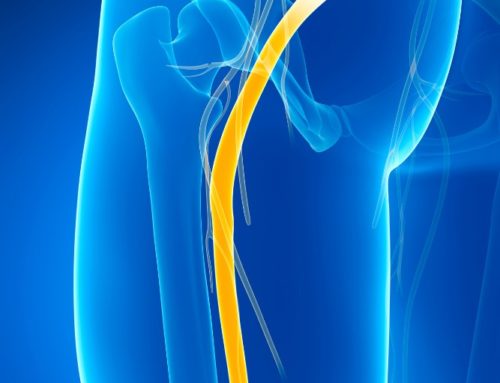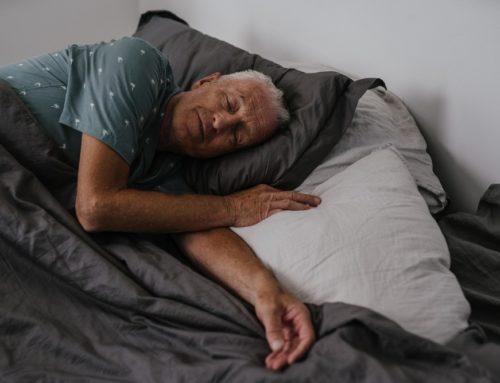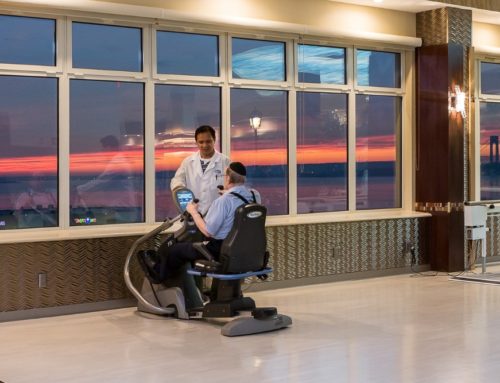Everyone loses their balance now and then, falling and sustaining a few bumps and bruises. As we age, such falls can become more dangerous. Instability becomes more common, due to changes in our bodies and medical status. Luckily, there are ways to improve balance, depending on the cause of such instability.
If your balance issues are caused by a medical condition, treatments may be available to correct this. Many people also benefit from physical therapy to strengthen their bodies and improve their unsteadiness. In fact, almost any type of activity that keeps you upright and moving can help with balance problems. Seek medical assistance if you have problems with your balance.
Let’s take a closer look at the possible causes and treatments for poor balance.

Can You Actually Improve Balance?
Yes, you can! Physical activity is the best course of action for better balance. Depending on the cause, medication, dietary changes, or surgery may also be required to correct such issues.
Balance issues are most common in those over the age of 30. As we age, these issues can become more pronounced unless you take measures to improve balance.
Causes of poor balance
There are several reasons for poor balance. The most common is age-related, including weakened muscles, shorter strides, and reduced vision. Of course, aging isn’t the only reason for reduced stability.
A few medical conditions can cause balance issues, including ear infections, poor circulation, low or high blood pressure, or arthritis. Neurological conditions or chemical imbalances in the brain can also result in poor balance. Individuals who have sustained head injuries will likely have difficulty with balance during their recovery.
To improve balance, it may be best to look at your symptoms to determine the cause. For instance, vertigo can be the result of migraines, motion sickness, head injuries, Ramsay Hunt Syndrome, or Meniere’s disease. Faintness is associated with cardiovascular disease or postural hypotension.
Dizziness may be caused by inner ear issues, anxiety, depression, hyperventilation, and certain medications. Unsteadiness could result from vestibular problems, nerve damage in the legs, neurological conditions, joint issues, or vision problems.
Once you’ve determined the symptoms you’re experiencing, you can discuss them with your doctor. Doing so will help your medical team figure out the cause and decide on the proper treatment to improve your balance.
Exercises from physical therapists
Physical activity strengthens your muscles and joints, sharpening your balance to help you stay upright. Any physical activity benefits you when it comes to balance issues, though a few that are more effective.
The muscles in your lower body are most important for proper stability, so working them is essential. Walking, biking, or climbing stairs are the best exercises for increased strength. Keeping those muscles loose is necessary, so include stretching exercises like yoga or tai chi in your routine.
For specific exercises to improve balance, you can try standing on one leg, single-leg squats, or high lunges. Yoga poses like Warrior III, Tree pose, or Half Moon are also great for balance. Be sure to consult with a medical professional for safe and effective balance activities.
This content comprises informative and educational resources only and can not be considered as a substitute for professional health or medical guidance. Reliance on any information provided in this article is solely at your own risk. If you have any inquiries or apprehensions about your medical condition or health goals, talk with a licensed physician or healthcare provider.






Leave A Comment